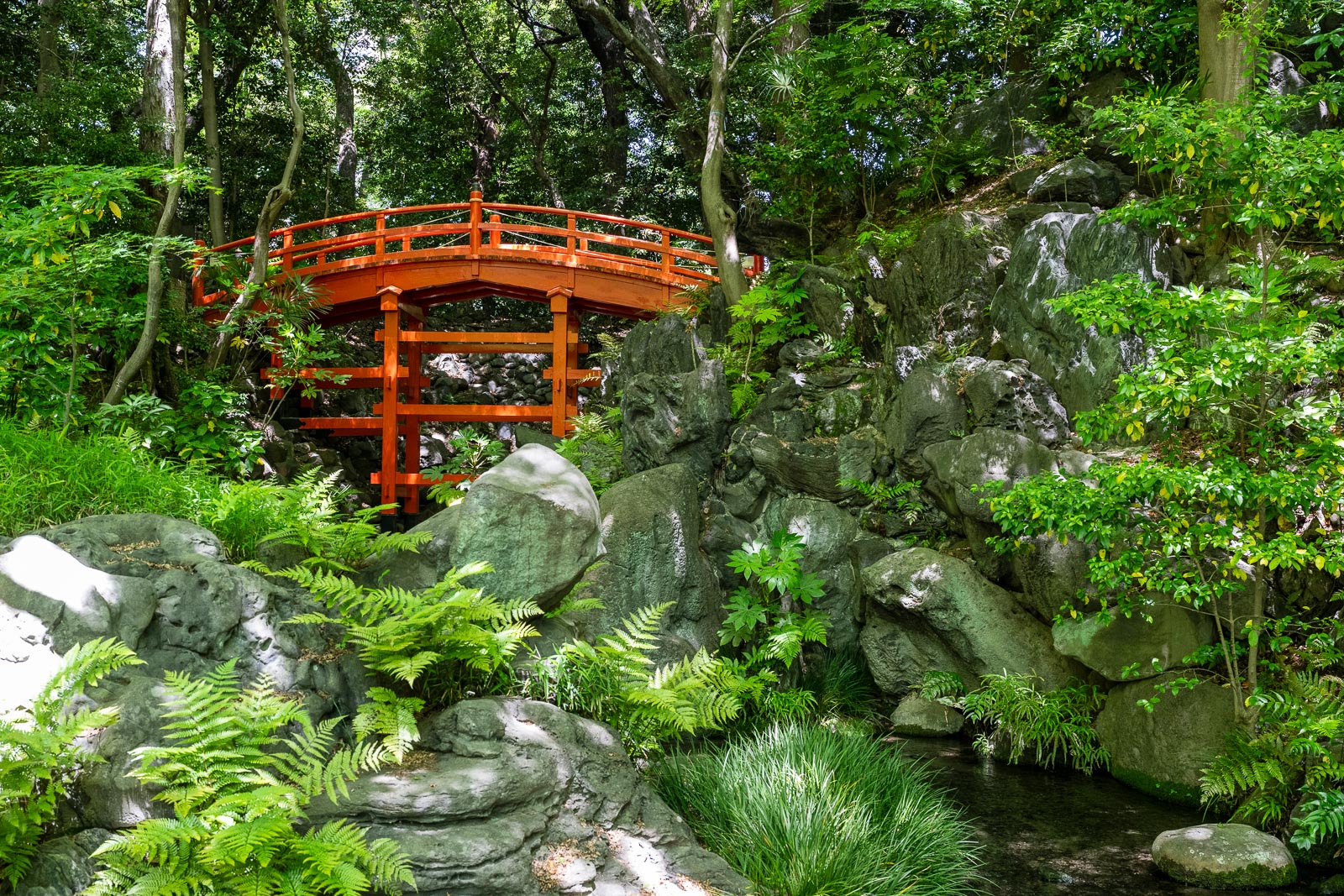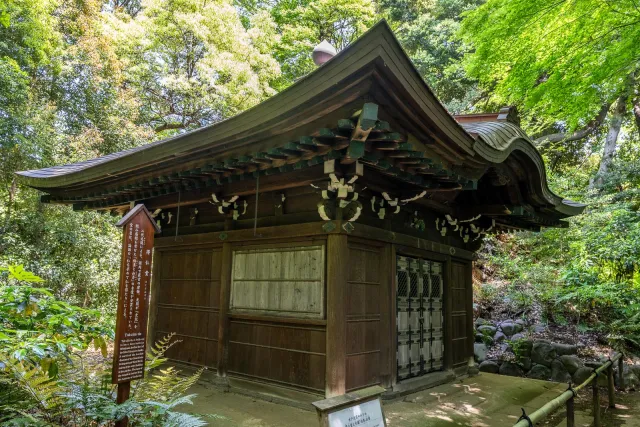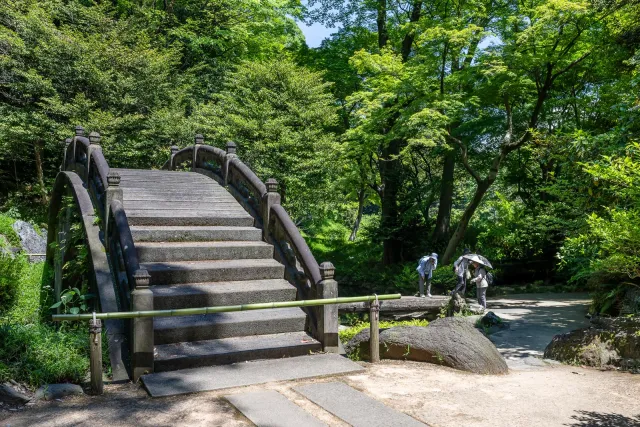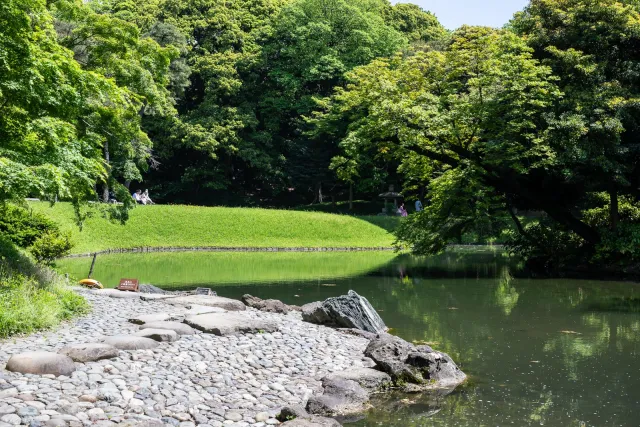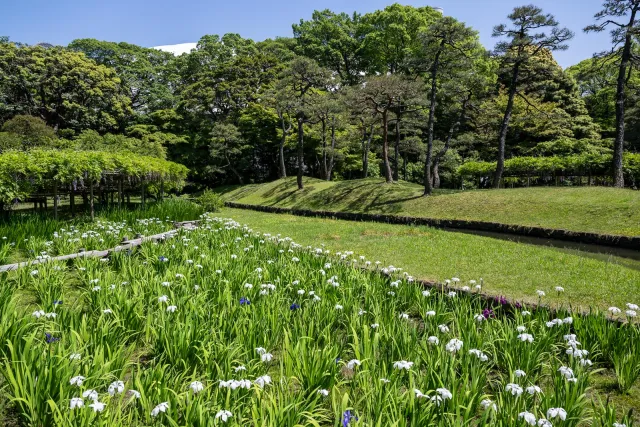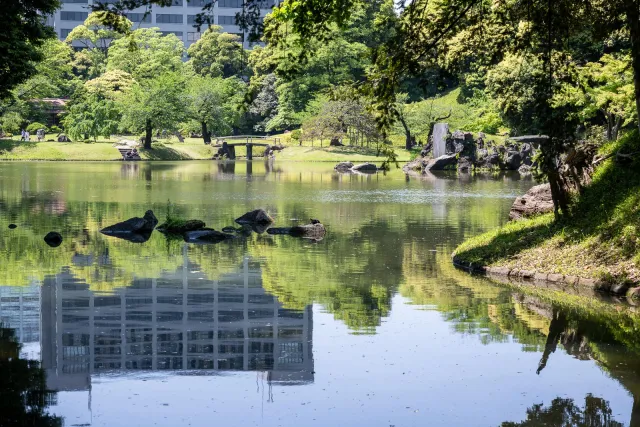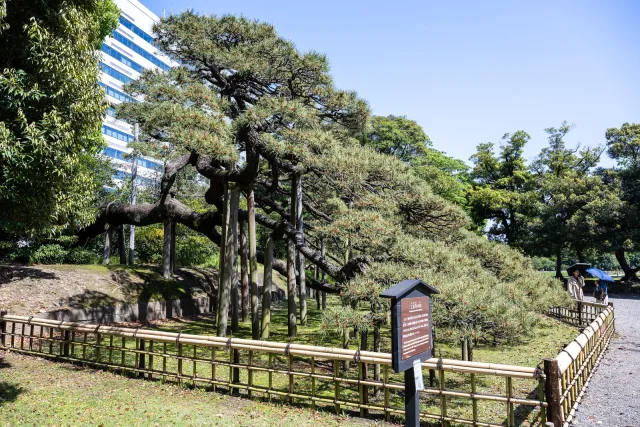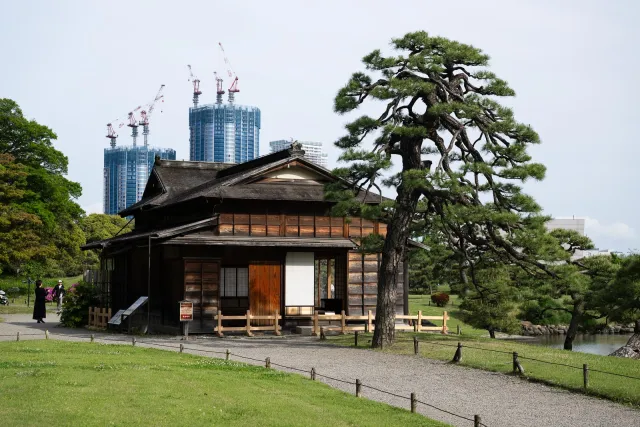In this article: Tokyo’s Quiet Gardens – Oases Beyond the Rush
When people think of Tokyo, they often picture movement, density, and relentless pace: crowds streaming across the famous Shibuya crossing, or merging like currents in the train stations of Shinjuku. The world’s largest metropolis seems to never rest.
But Tokyo has another face – one that reveals itself to those who pause and look beyond the surface. Between walls of concrete and glass, quietly nestled in the folds of the city, lie gardens that have outlasted centuries of change. Entering them feels like stepping into another reality.
On several visits, we found ourselves drawn again and again to two such places: Koishikawa Kōrakuen and Hama-rikyū Garden. Both are woven with paths that wind past ponds, over gentle hills, and through seasonal blossoms. Encircled by towers, they feel like sanctuaries, protected from the chaos outside.
Koishikawa Kōrakuen, one of Tokyo’s oldest gardens, was created in 1629 during the early Edo period. Once the private haven of Lord Tokugawa Yorifusa, it blends Chinese design philosophy with traditional Japanese aesthetics. The striking red bridge that arches over the stream becomes truly captivating when viewed from the stepping stones in the water – only then does it reveal its full symmetry. Or, the bridge dominates a black and white nature as a red color key, as in my photo from 2013.
Hama-rikyū Garden, just steps from the modern district of Shiodome, seems to exist outside of time. Originally a shogunate hunting ground in the 17th century, it was designed as a tidal park: its central pond connects to Tokyo Bay and rises and falls with the tide. A wooden teahouse on stilts invites visitors to pause and gaze out across the water – now reflecting skyscrapers like ghostly sentinels.
This contrast – ancient calm framed by futuristic skylines – gives Tokyo’s gardens their unique beauty. Time seems to stretch within their boundaries, offering moments of presence and reflection.
They are more than ornamental escapes. They are deliberate counterpoints to city life – and perhaps the truest face of this remarkable city.

